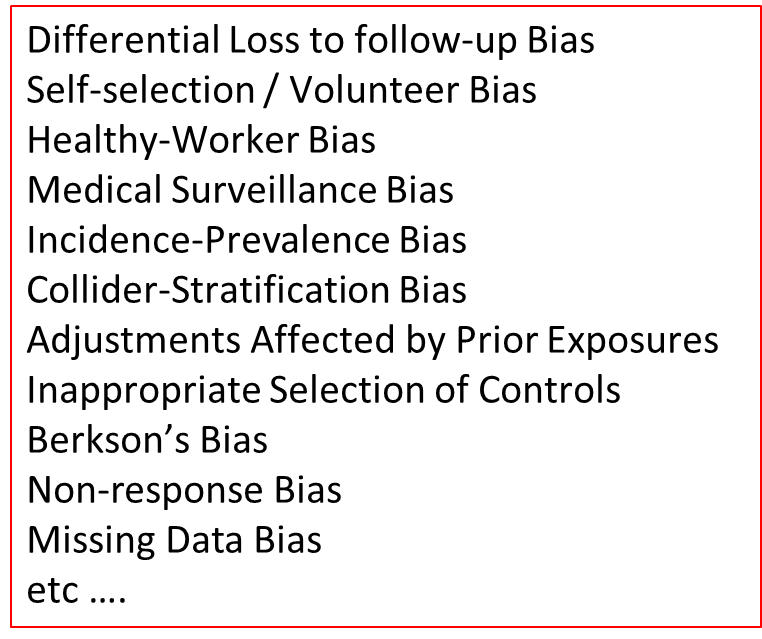John F. Inciardi
Touro University of California, USA
Biography
John F. Inciardi has lectured extensively at home and abroad on topics related to causal inference. During this time he has developed coursework related to this topic at several universities and has received teaching awards in recognition of these efforts. As a faculty member of the Departments of Pharmacy and of Internal Medicine at the University of California, Dr. Inciardi has been a long-time mentor to residents and fellows during the design and analysis phases of their health-related investigations. He holds doctoral degrees in both pharmacy and clinical epidemiology.
Abstract
Health-care scientists face a myriad of known and unknown threats that challenge the validity of their research observations. This situation is further complicated by a general misunderstanding regarding the role of statistical analyses when attempting to make causal inferences.
Epidemiologists refer to an invalid association due to improper sampling as ‘selection bias’. Under these circumstances the observed association between an exposure and a putative outcome in a sample of subjects differs from the true causal relationship in the population as a whole (i.e. association does not equal causation).
Identifying selection bias is often a daunting task further complicated by an awkward nomenclature (Table 1). However, recent advances in graphical probability theory have demonstrated that virtually all forms of selection bias can be attributed to a conditioned analysis on a ‘third’ variable (i.e. a variable in addition to those representing exposure and outcome).
This seminar will provide an update on contemporary methods for identifying potential sources of selection bias. The presentation will begin with an overview of bias as product of systematic errors that cannot be discovered through statistical analyses. The speaker will argue that all forms of selection bias are simply the result of conditioning on a common effect of the exposure and the outcome. Participants should be able to meet the following goals:
1. Distinguish statistical association from causal inference when assessing the results of epidemiological research.
2. Describe the elements of a causal structure as they pertain to selection bias.
3. Identify and correct sources of selection bias that commonly complicate the ability to draw causal inference from a research endeavor.

Table 1: A Taxonomy of Selection Bias